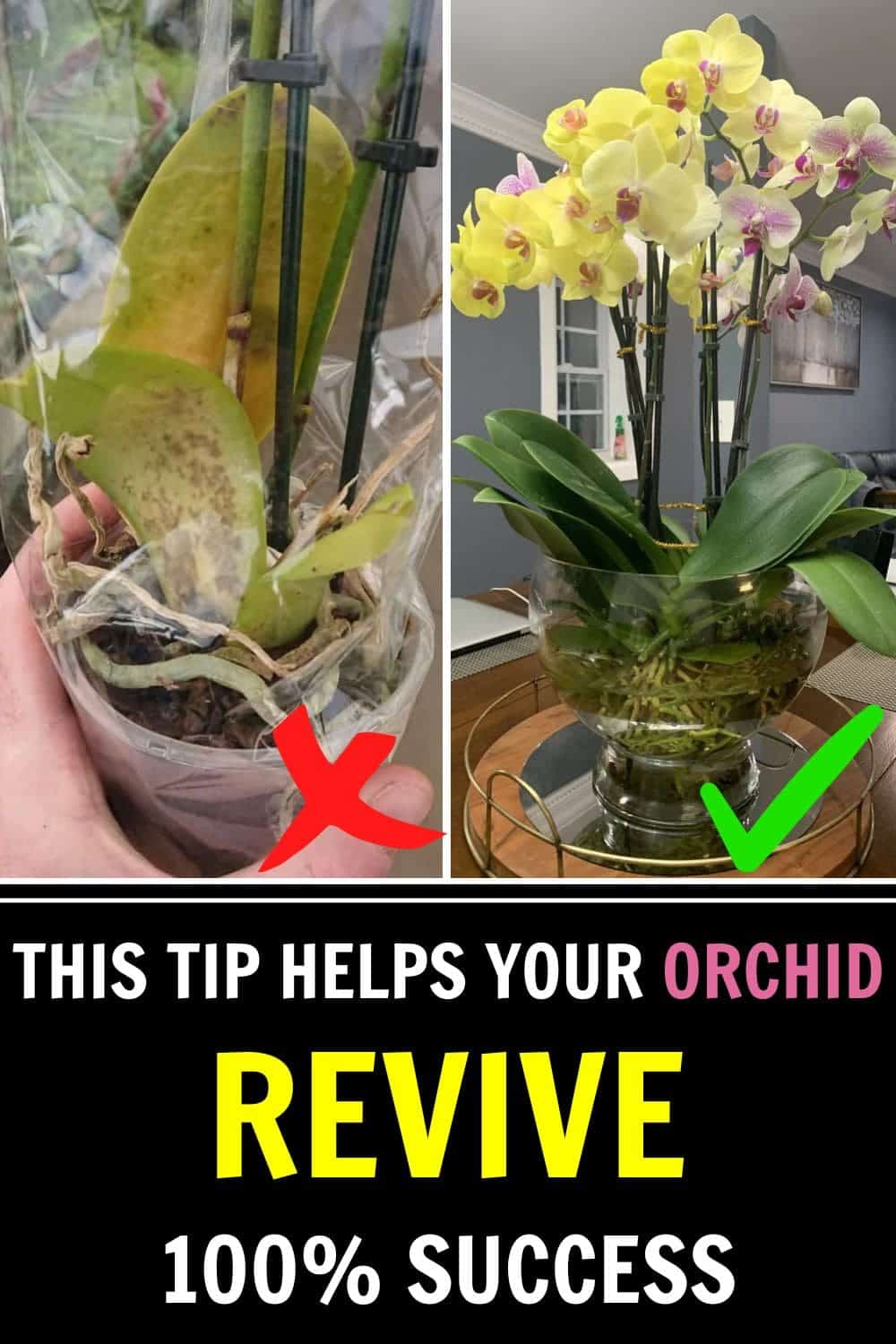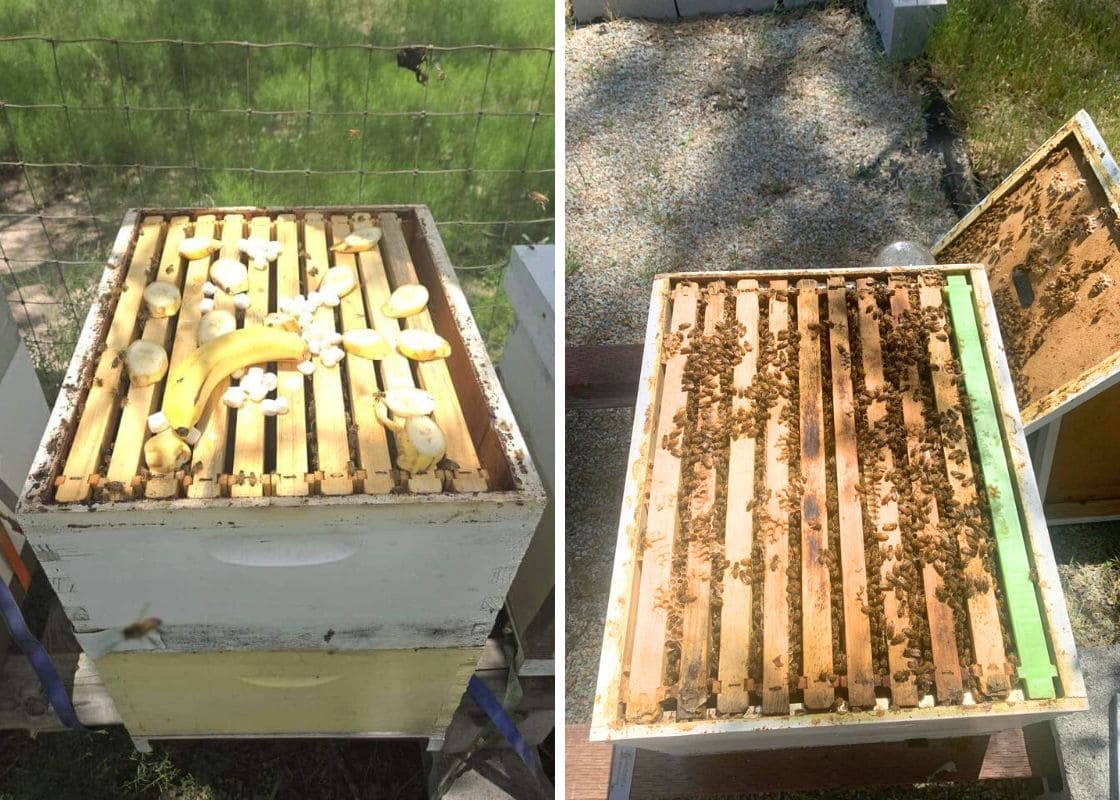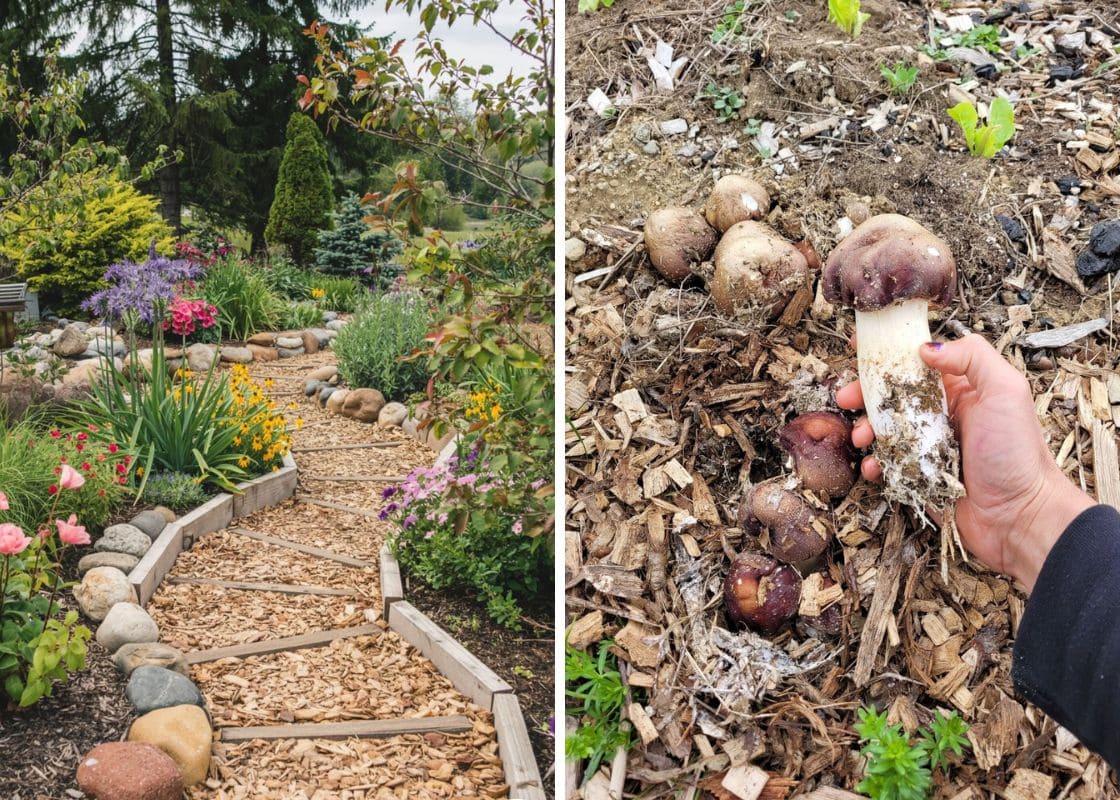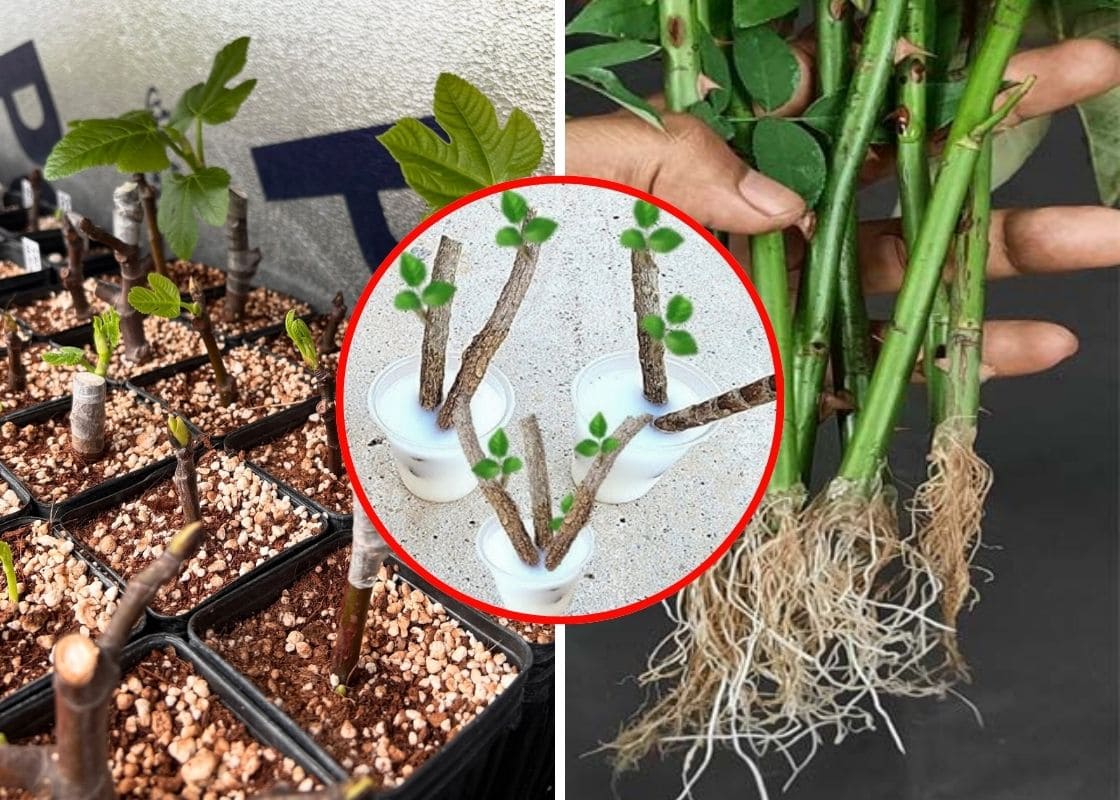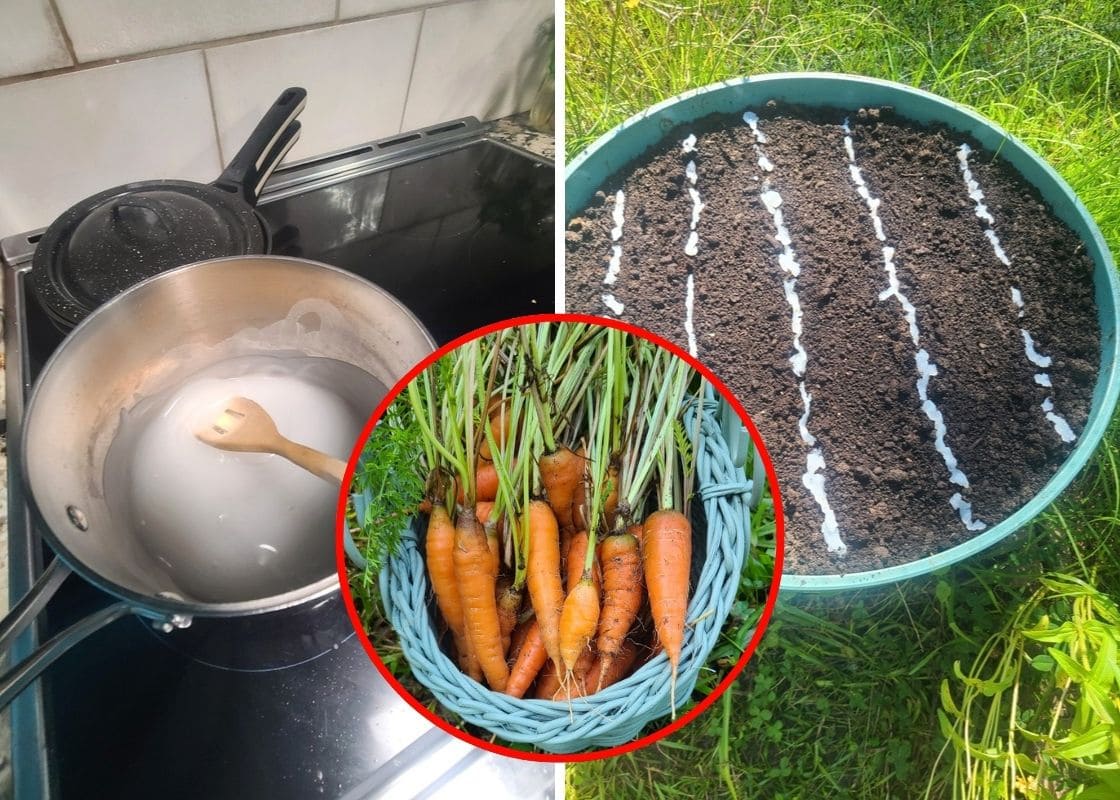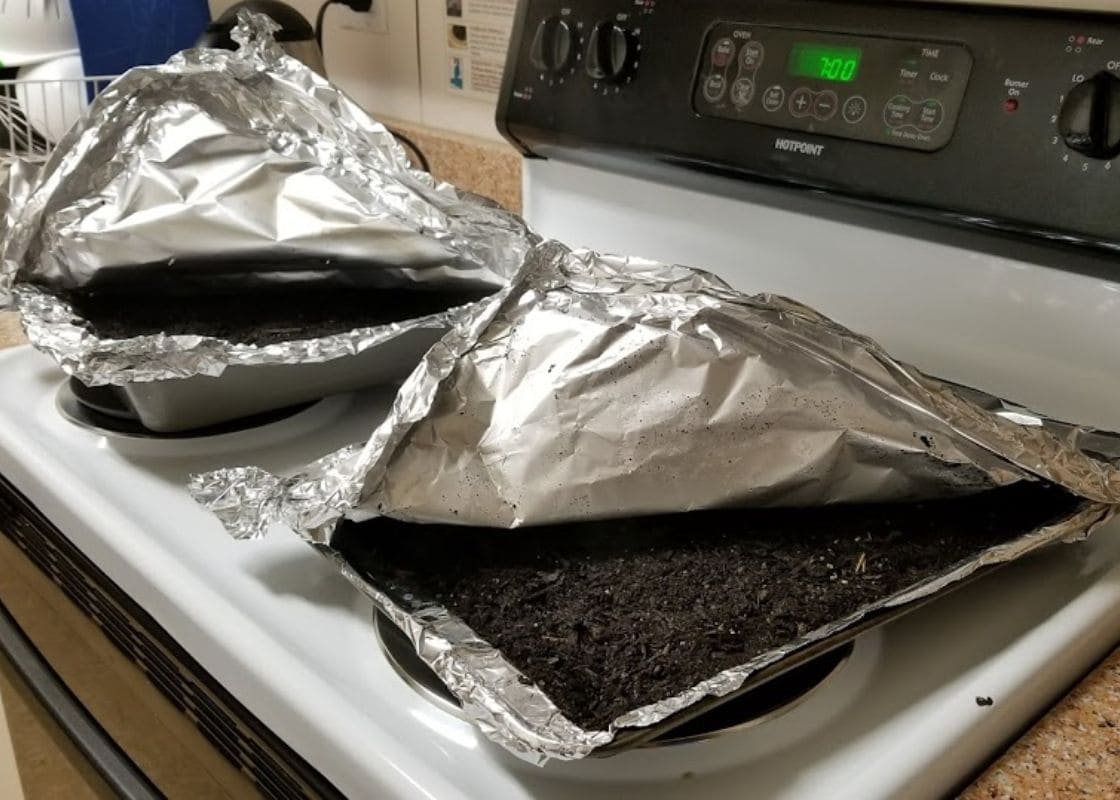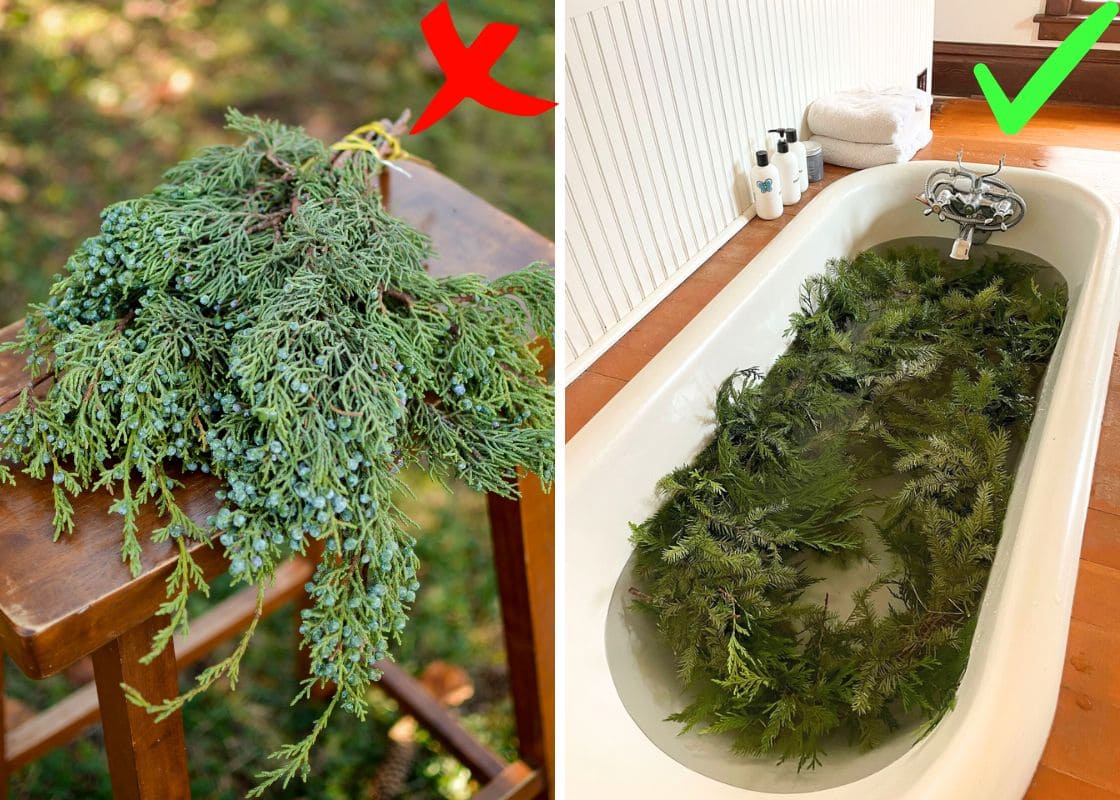Orchids are one of the most beautiful and exotic flowers, but they can also be tricky to care for. If you’ve noticed your orchid looking weak, failing to bloom, or even on the verge of dying, don’t worry, I have a simple and powerful method that will bring it back to life.
With just one drop of a natural solution, your orchid can regain its strength, develop new leaves, and bloom again in no time. This technique works for struggling plants of all kinds, but it’s especially effective for orchids.
The secret lies in a combination of proper care, pruning, and a homemade revitalizing water that delivers the nutrients your plant needs to recover.
Let’s dive into how you can revive your orchid and ensure it thrives for years to come.
Why Do Orchids Stop Blooming?
Orchids often stop blooming due to a variety of environmental and care-related factors. One of the most common reasons is improper watering.
These plants have delicate roots that require just the right amount of moisture. Overwatering suffocates the roots and leads to rot, while underwatering deprives them of the hydration they need to grow.
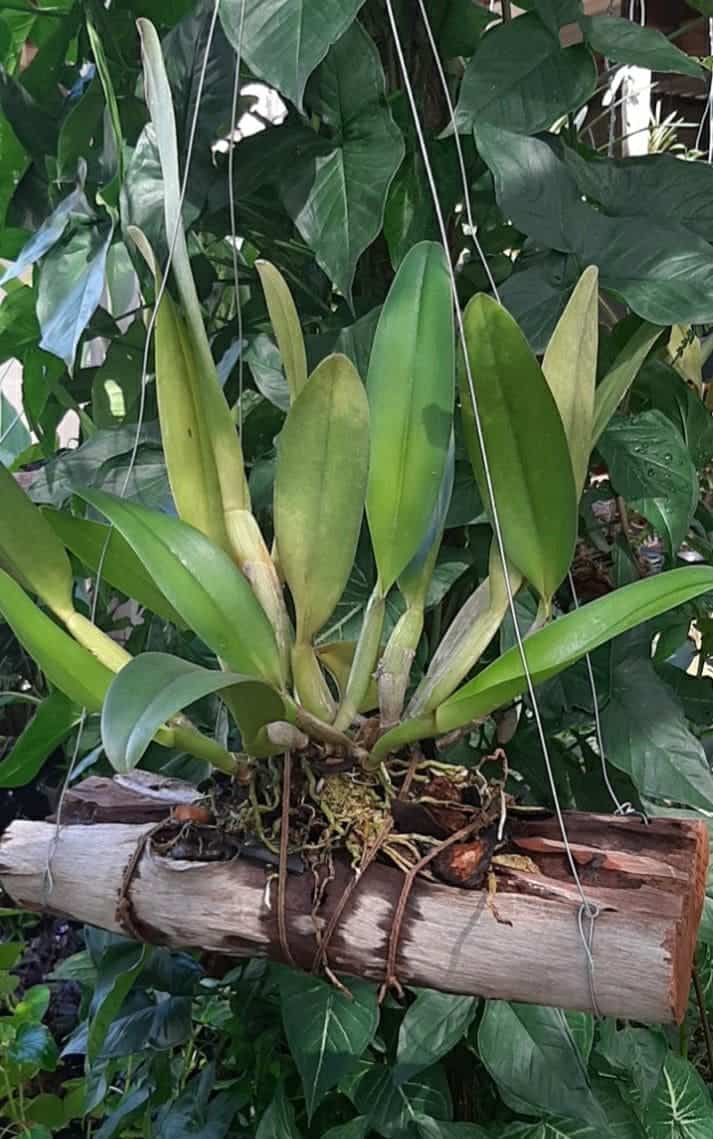
Humidity also plays a significant role in an orchid’s ability to thrive. Since they naturally grow in tropical climates, they need a humid environment to encourage healthy leaf and root development.
If the air is too dry, the plant may struggle to absorb enough moisture, leading to slow growth and the absence of flowers.
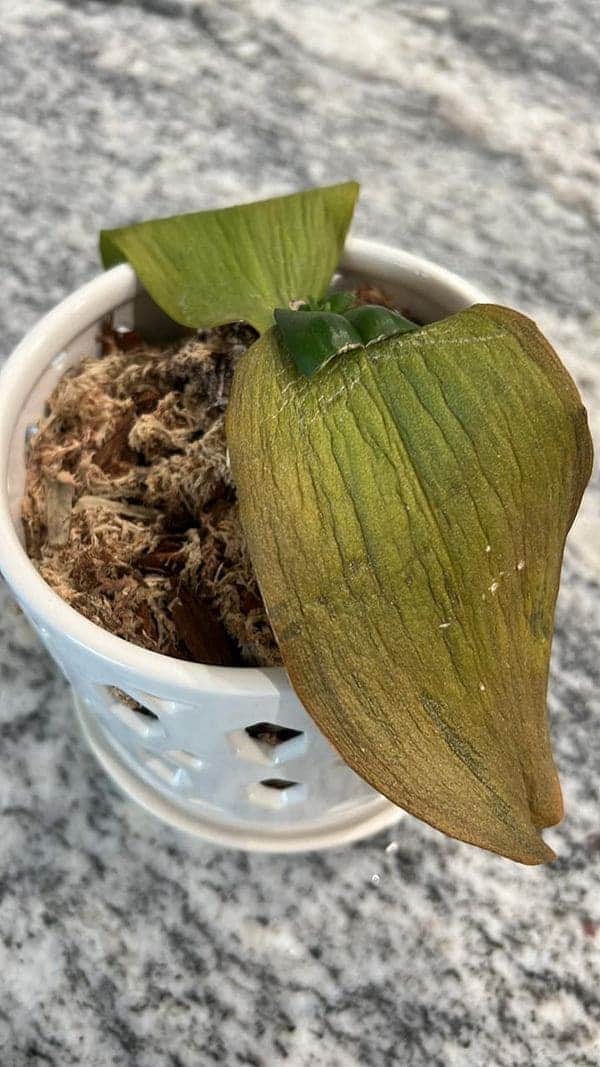
Another major factor is lighting. Orchids need bright, indirect sunlight to produce blooms. Placing them in a spot with insufficient light can cause weak growth, while too much direct sunlight can scorch the leaves.
The condition of the roots also greatly affects blooming. If they are damaged, rotten, or struggling to absorb nutrients due to compacted or old substrate, the plant won’t have the energy to flower.
Additionally, a lack of essential nutrients, such as nitrogen, phosphorus, and potassium, can prevent an orchid from producing vibrant blossoms.
These deficiencies often occur when the plant isn’t fertilized properly or is placed in depleted growing material.
Step 1: Orchid Rejuvenation – Pruning and Root Care
Before introducing the revitalizing water, you must prepare your orchid by removing dead or damaged parts. This allows the plant to focus its energy on new growth.
- Carefully trim away leaves that have turned yellow or brown.
- Gently take the orchid out of its pot and free the roots from the substrate. Be careful not to damage them.
- Using sterilized scissors, remove any parts of the stem that appear blackened or unhealthy.
- Next, rinse them under running water to remove dirt and debris.
- Use a paper towel to pat them dry.
- To prevent infections, drip a bit of wax from a lit candle over the cut part of the stem.
- Place the orchid in a cool, dry place for 24 hours before replanting.
This initial step is crucial because it ensures your orchid is free from infections and is ready to absorb nutrients from the revitalizing water.
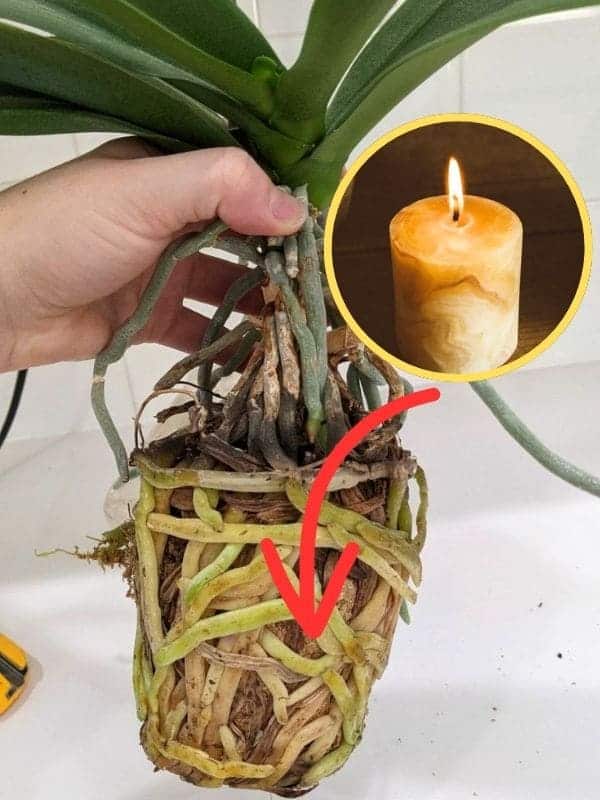
Step 2: Making the Revitalizing Garlic Water
Garlic is a natural antifungal and antibacterial agent that strengthens plant roots, prevents diseases, and boosts growth. This simple garlic-infused water will act as a tonic to rejuvenate your orchid.
How to Prepare:
- First, you take three cloves of garlic and chop them finely.
- Next, place them in a liter of water in a jug.
- Cover the jar with a lid and wrap it with a towel to keep out light.
- Let it sit for 24 hours to allow the beneficial compounds to infuse into the water.
- Filter the water to remove the garlic pieces before use.
Now you have a natural, powerful solution that will help bring your orchid back to life.
Step 3: Revitalizing Your Orchid with Garlic Water
Once your orchid is pruned and dry, it’s time to introduce the revitalizing garlic water.
- Place the orchid’s roots in a glass of the garlic water for 20 minutes. This helps disinfect the roots and encourage new growth.
- You can spray it lightly on other plants to prevent pests and boost overall plant health.
- Use a cotton pad to remove excess moisture.
- Next, choose a clean glass container and add the appropriate orchid substrate (such as bark or sphagnum moss).
- Let the roots dry for 30 minutes, this prevents excessive moisture retention, which could cause rot.
- Carefully place it back in the pot and ensure the roots are well-supported by the substrate.
- Give it a good soak to help it adjust to the new environment.
- Keep the plant at a stable temperature of around 20°C (68°F), away from direct sunlight.
- To mimic tropical conditions, cover the pot with a plastic bottle (with small holes) to maintain moisture levels.
With this care routine, your orchid will begin developing new leaves in about two weeks.
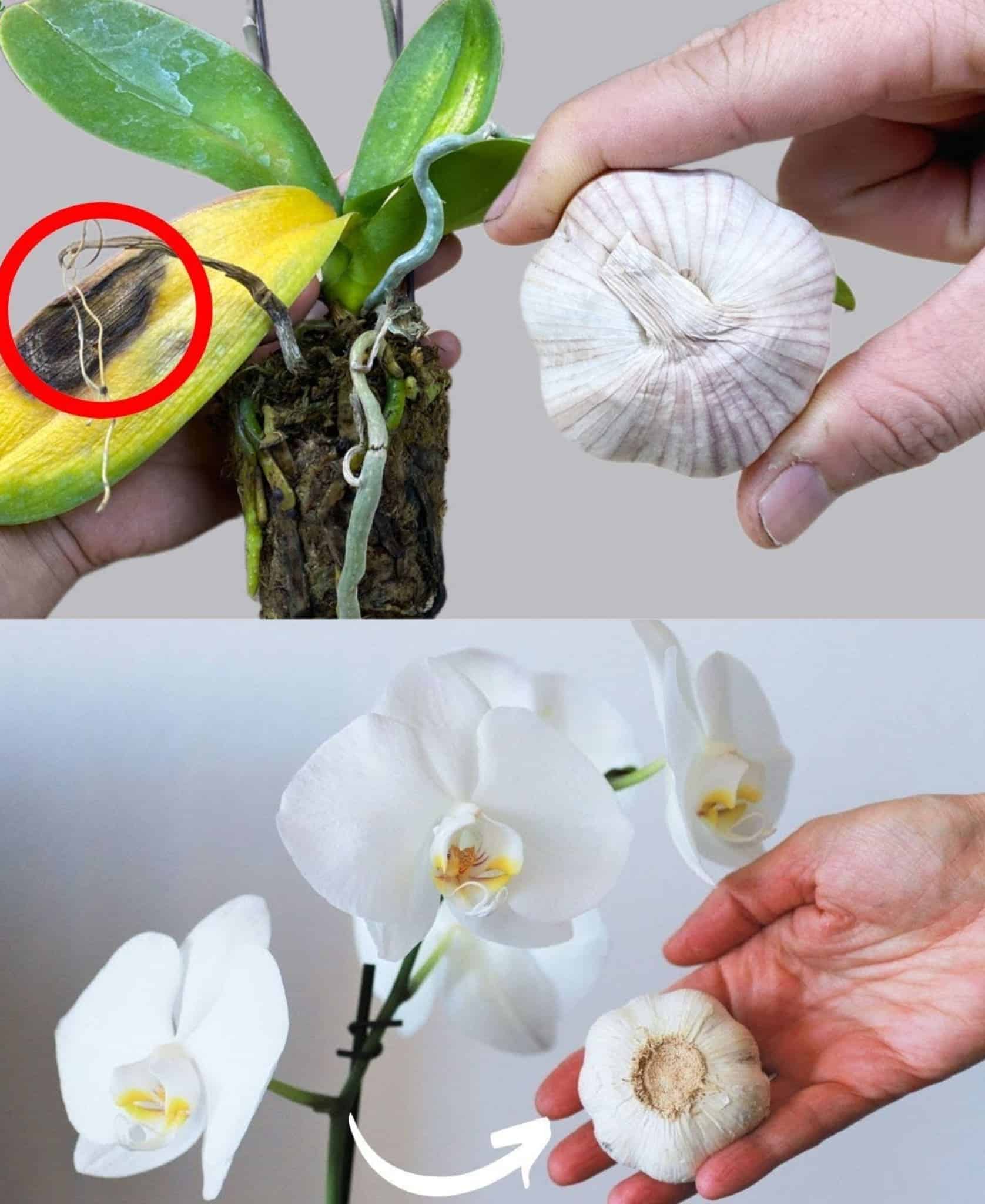
Step 4: Stimulating Growth with Ginger Water
Ginger contains powerful antioxidants and bioactive compounds that promote root health and boost flowering potential.
By preparing a simple ginger-infused water, you can give your orchid an additional source of energy that enhances its ability to produce new leaves and flowers.

To make ginger water, start by slicing fresh ginger and soaking it in warm water for about an hour. After this time, strain out the ginger pieces, leaving a nutrient-rich liquid behind.
Every ten days, take two teaspoons of this ginger water and mix it with about half a liter of regular tap water. Use this mixture to water your orchid, ensuring it gets absorbed into the roots.
Over time, this natural treatment will encourage strong, healthy growth and improve the plant’s resilience against environmental stress.
Additional Tips for Keeping Orchids Healthy
Maintaining an orchid’s health requires ongoing care and attention to detail. Using a balanced orchid fertilizer every two weeks can significantly improve growth and blooming potential.
Besides, as the substrate breaks down over time, it can compact around the roots, limiting airflow and nutrient absorption. Transplanting your orchid into fresh bark or sphagnum moss every one to two years will prevent this issue and keep the roots healthy.

Good airflow is also crucial for orchids. These plants don’t like stagnant air, so placing them in a spot with gentle air circulation helps prevent fungal infections and allows them to breathe.
Additionally, patience is key when caring for orchids. They follow their own natural growth cycles, and even with proper care, it may take some time before they produce flowers again.
